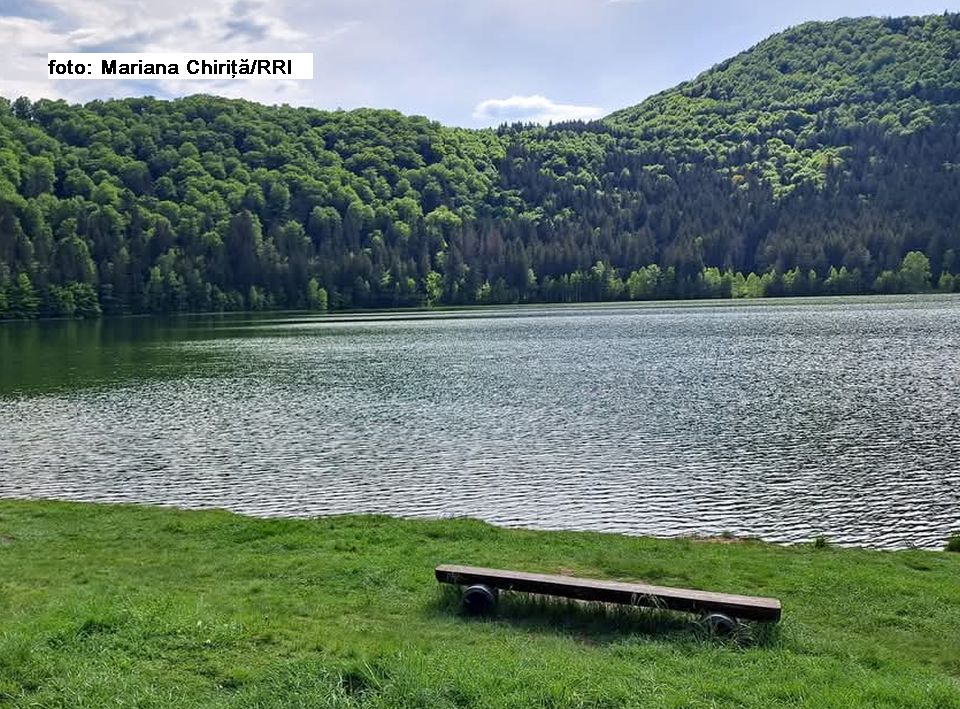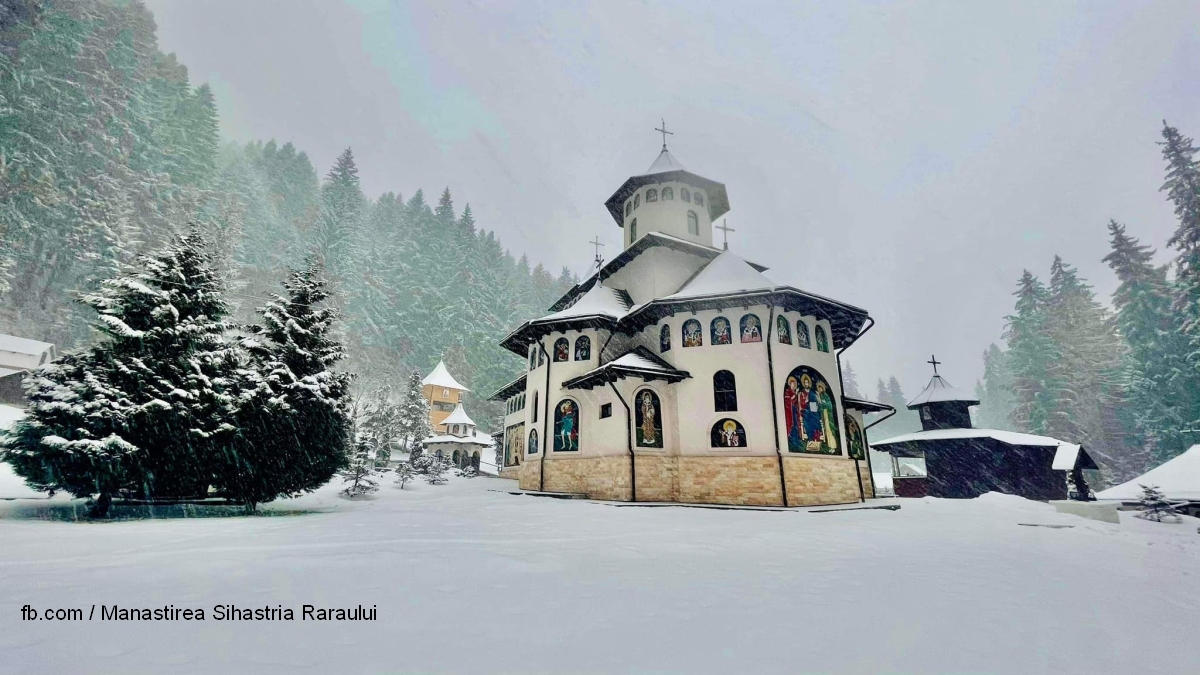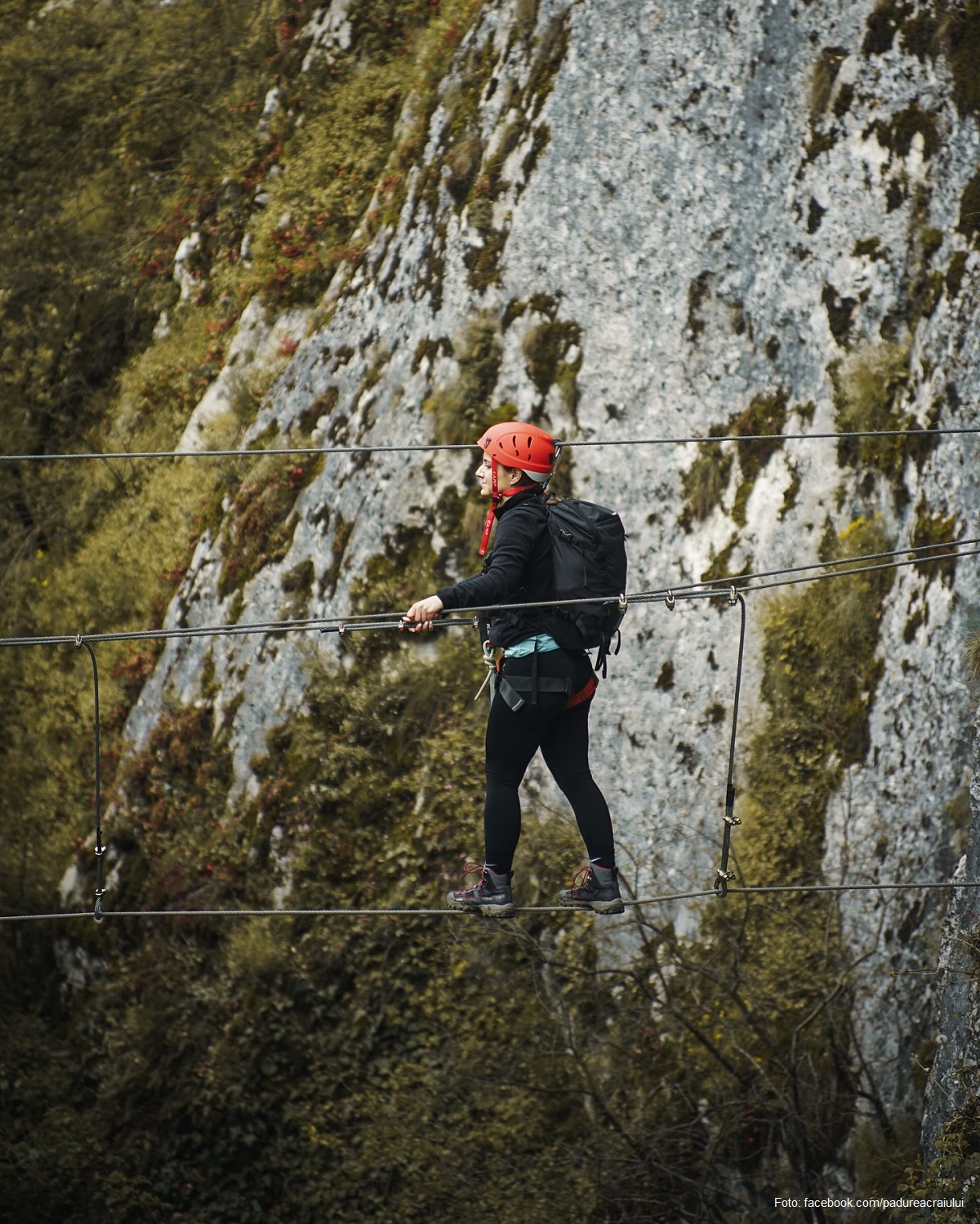Iasi
This summer in Brussels, the Romanian Embassy and the Romanian Cultural Institute in Belgium applied on behalf of the city of Iasi for the title “2021 European Cultural Capital.

Daniel Onea, 02.10.2014, 15:00
This summer in Brussels, the Romanian Embassy and the Romanian Cultural Institute in Belgium applied on behalf of the city of Iasi for the title “2021 European Cultural Capital”. For this reason, this city in northeastern Romania is the destination today for our travel feature. It is one of the main university centers in Romania and a provincial capital.
Iasi is one of the cities with the most students in Europe as against the total population. In addition, this was the city with the first national theater and the first Jewish theater in the entire country, as well as the world. Each building stone, street and edifice in Iasi has its own story. If you are a history buff, you will not be bored traveling in that city, according to Carmen Chiorcea, head of the Center for Tourism Promotion Association.
Carmen Chiorcea: “Most of the tourist attractions are in the central area of the city, and therefore can be visited on foot. Many others are in the Copou Park area, where you can also see the Al. I. Cuza University. There are also museums showcasing Romanian culture and history. You can also visit the Golia complex, a historic monastery, with its Golia Tower, 30 meters high. From the tower balcony you can look at the entire city. One important recommendation is writer Ion Creanga’s home, where he lived when he was a deacon in Golia. We also have two towers where we hold thematic exhibitions. One of them houses an exhibition on Orthodox Christian spirituality, and the other one houses a folklore exhibition. The city is also home to the Union museum, related to the historic event of the union of the two provinces of Moldavia and Wallachia. The cultural venues on offer are numerous.”
Iasi also boasts a great number of traditional fairs, according to Carmen Chiorcea: “They are generally used by traditional craftsmen from around Iasi. We have organized fairs where the local craftsmen were teaching children things such as knot string weaving, traditional beaded weavings, as well as making leather objects such as wallets, and crafted wooden objects.”
The Iasi City Hall organizes each year in October a series of events, cultural, humanitarian, commercial, athletic, and entertainment. These come in addition to the ample religious program put together by the Metropolitan Bishopric of Moldavia and Bukovina on St. Parascheva’s day. Saint Parascheva is the saint protector of Moldavia.
Here is Carmen Chiorcea once again: “October 14 is the day we celebrate St. Parascheva, the protector of Moldavia. This is a time of pilgrimage. In addition to scheduled religious activities, the Iasi City Hall holds other events along the entire month. Usually, 14 of October is celebrated with a torch procession, with concerts and fireworks. The city hall also organizes a white night. All museums in Iasi have entrance free of charge that night. Some museums also hold shows at that time.”
Each October, as part of the Iasi Celebrations event, the Celebration of Fruit Jam is held in front of the Golia Monastery Historic Monument Ensemble. You can find there all sorts of goodies prepared at home by the local holders of traditions.
Sebastian Buraga, spokesperson for the Iasi City Hall, told us that the idea for these events emerged in the 1920s and 1930s: “That is when important fairs in the Moldavian area were organized. Together with the Bishopric of Moldavia and Bukovina, we have revived this month in the city of Iasi, and decided to hold the city’s days on St. Parascheva’s day. The most important aspect I want to talk about is the spiritual side. If we were to talk of lay events, the foremost I can think of is a popular celebration, somewhat similar to Oktoberfest, but instead of beer it is a celebration of wine. Let’s not forget that Moldavia is famous for its wines. The wines in Vaslui have won international fame. Iasi has become an open city lately, if you love beauty, culture, art and spirituality you can come here to see how the city turns into a European cultural capital with every year that passes.”
There are a lot of tourists from the US, Israel, and even Brazil who come to visit Iasi. Carmen Chiorcea told us what their impression of the city was: “Their reaction is great. We ask them all the time what they think of Iasi, of Romania and Romanians. We are very happy to see that people are delighted at what they see, at the fact that Romanians are warm and welcoming people, that the cities are beautiful, that foreigners find here something different from what they expected. We had English tourists who said they were asked by their friends why they chose to go to Romania and what they planned to do there. Many of them come to Iasi through Erasmus scholarships to visit the tourist venues.”
Iasi Airport has connections with the main airports of Europe, and all you need to do is call your agent to book a flight this very October.






























